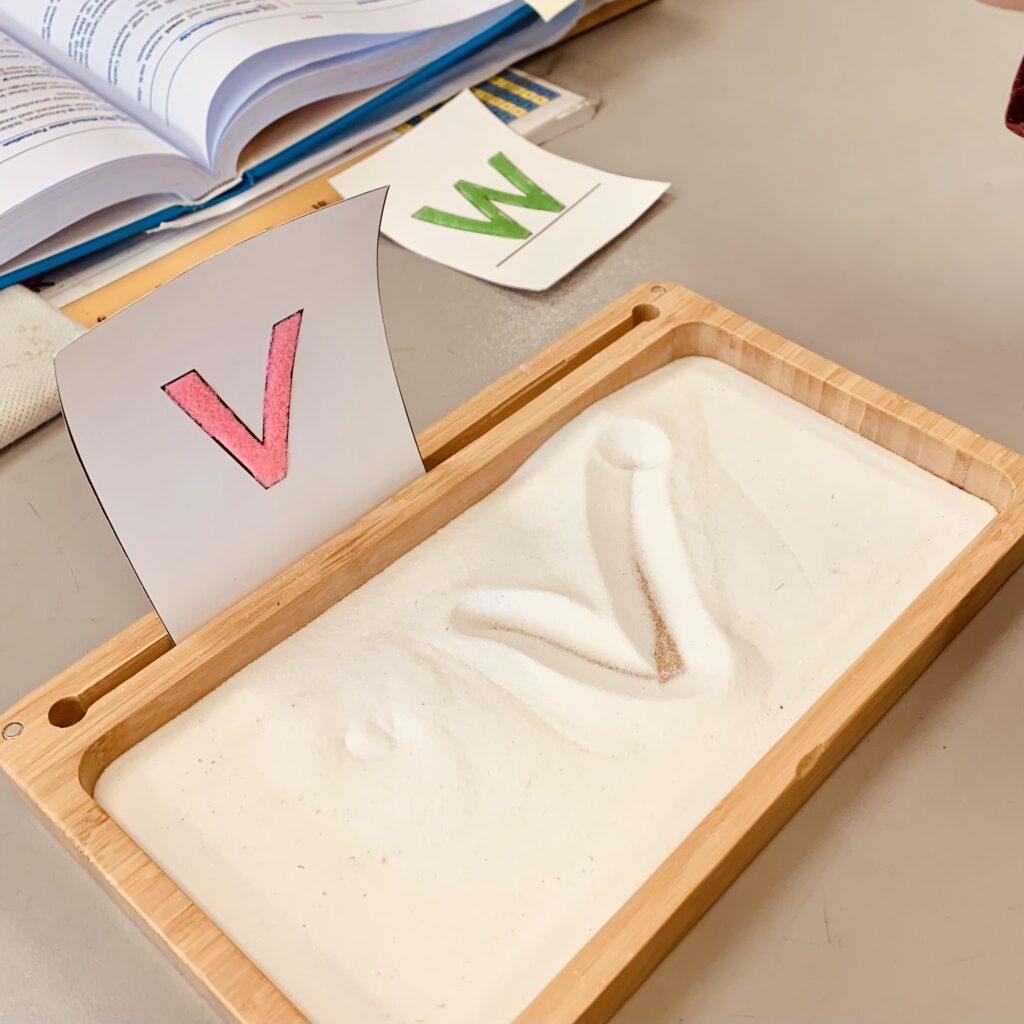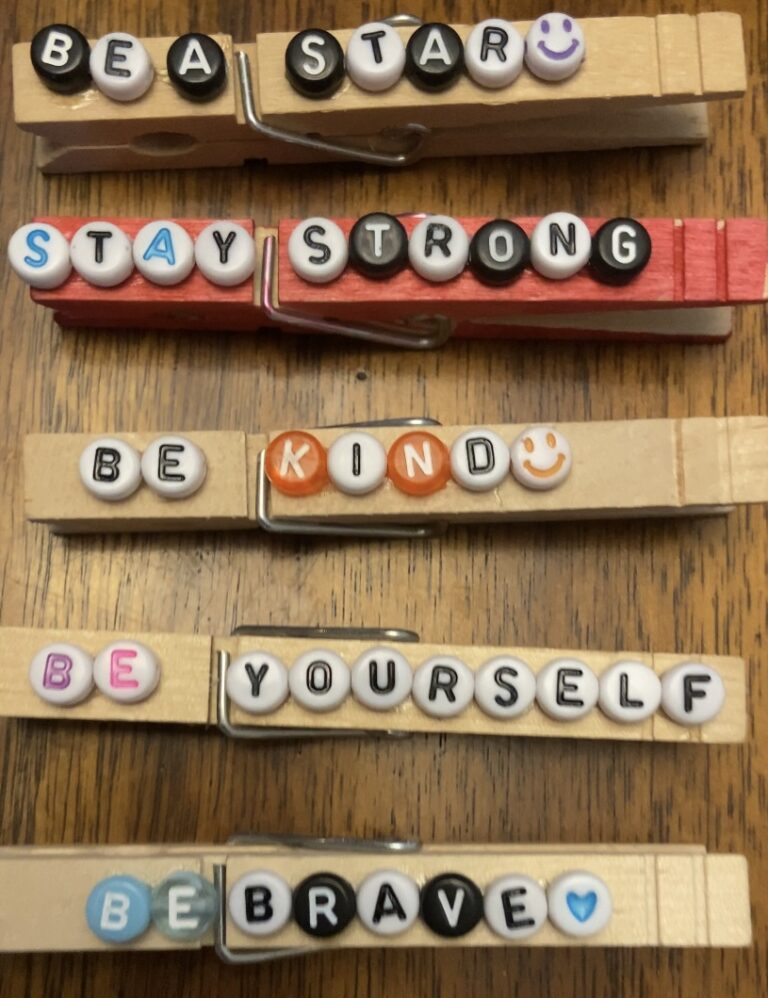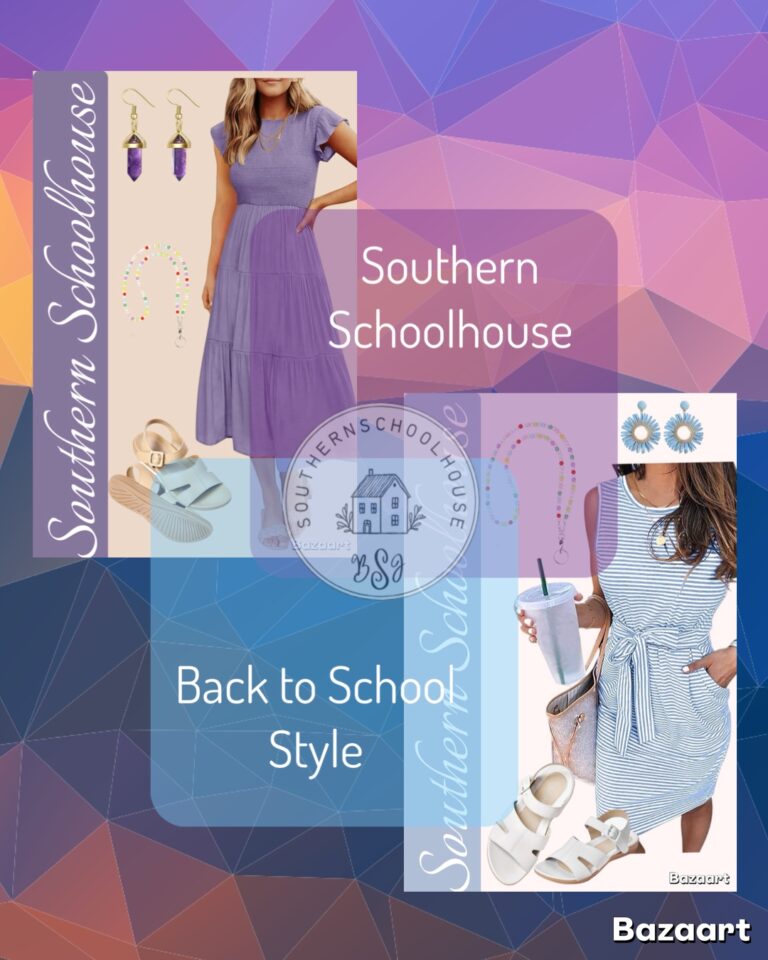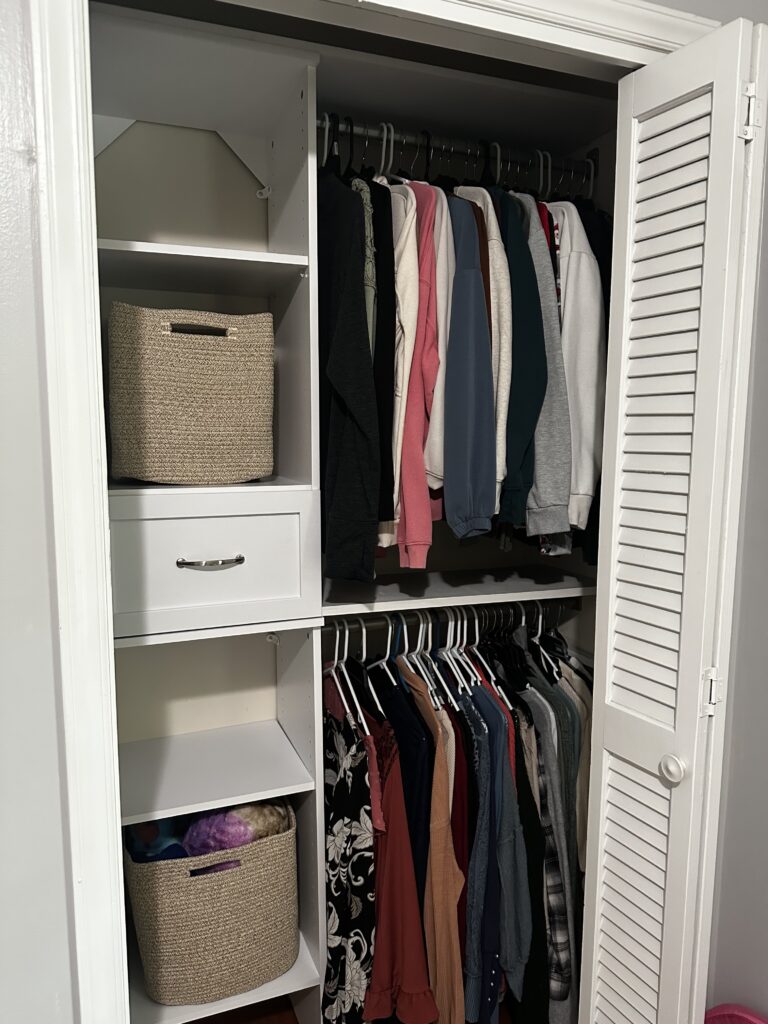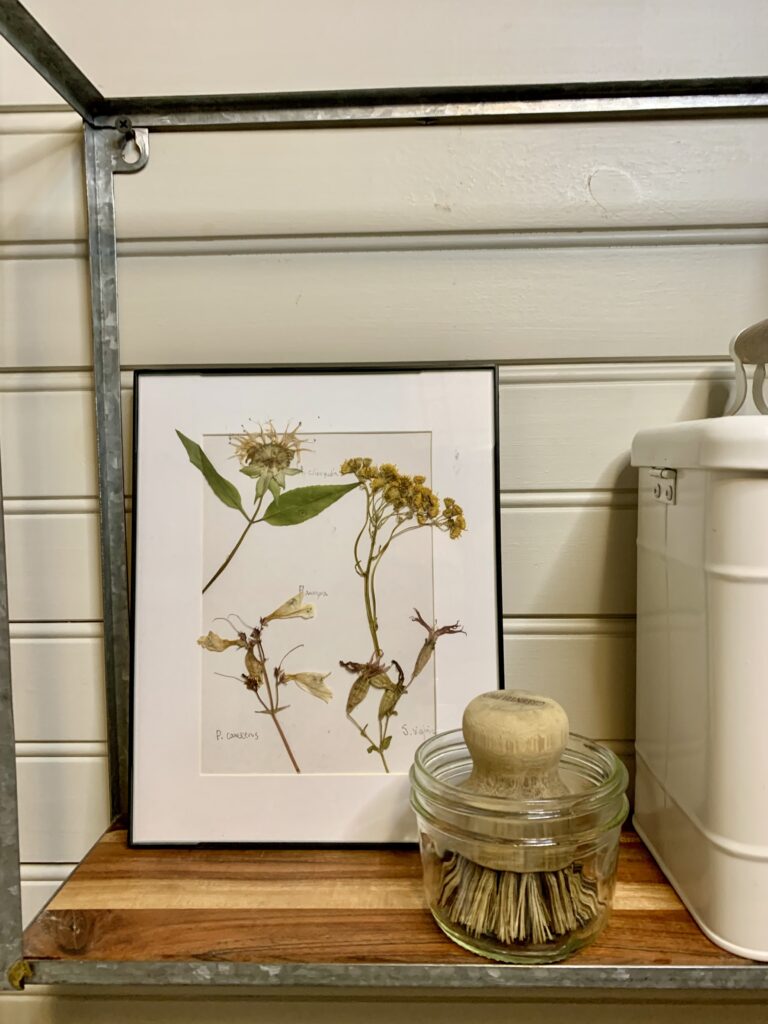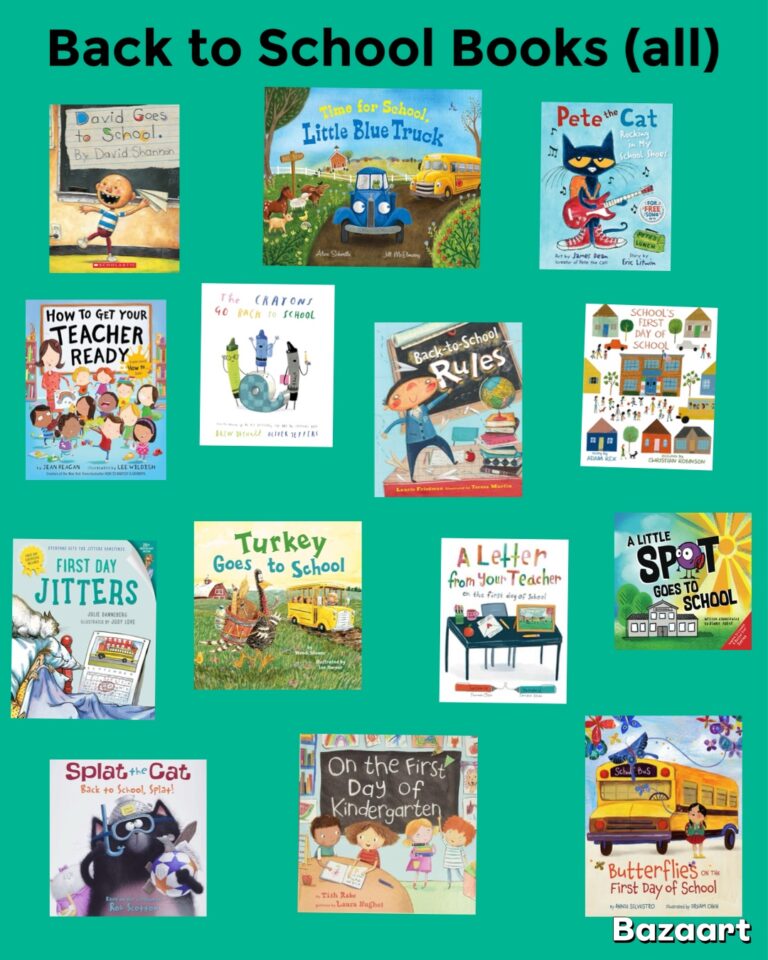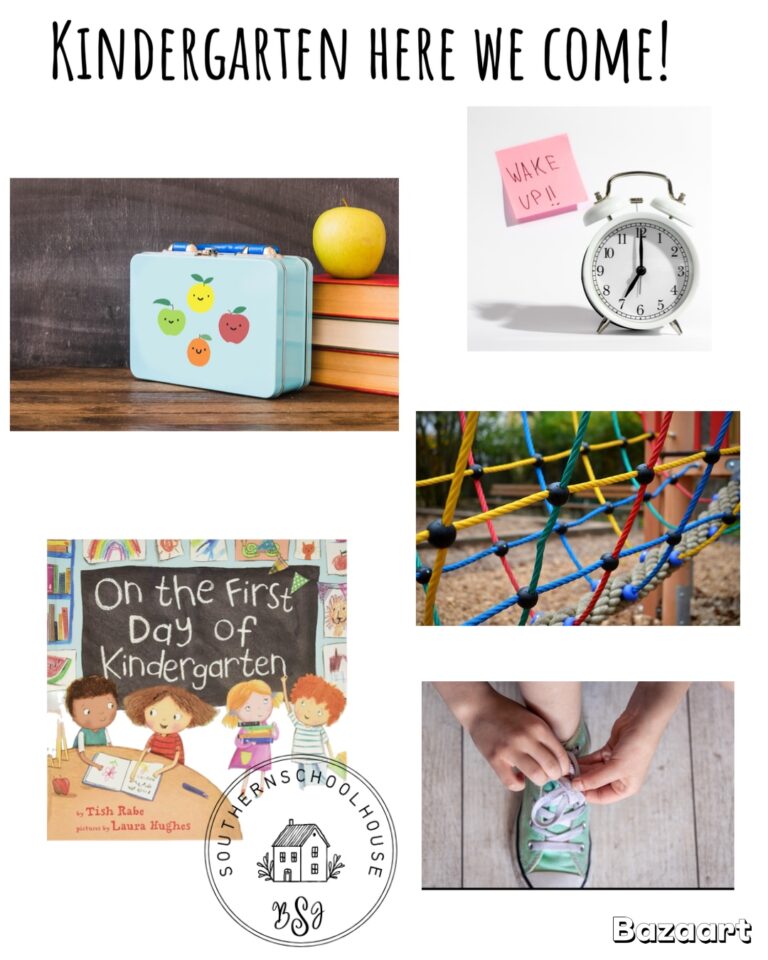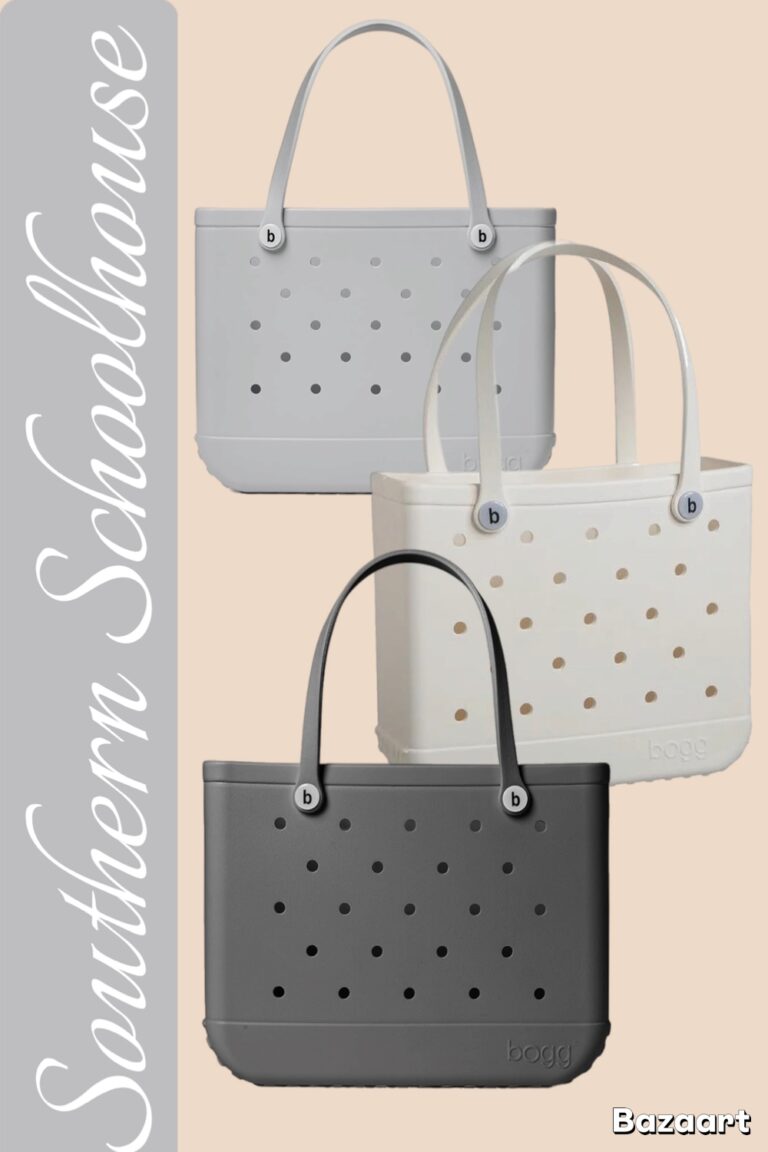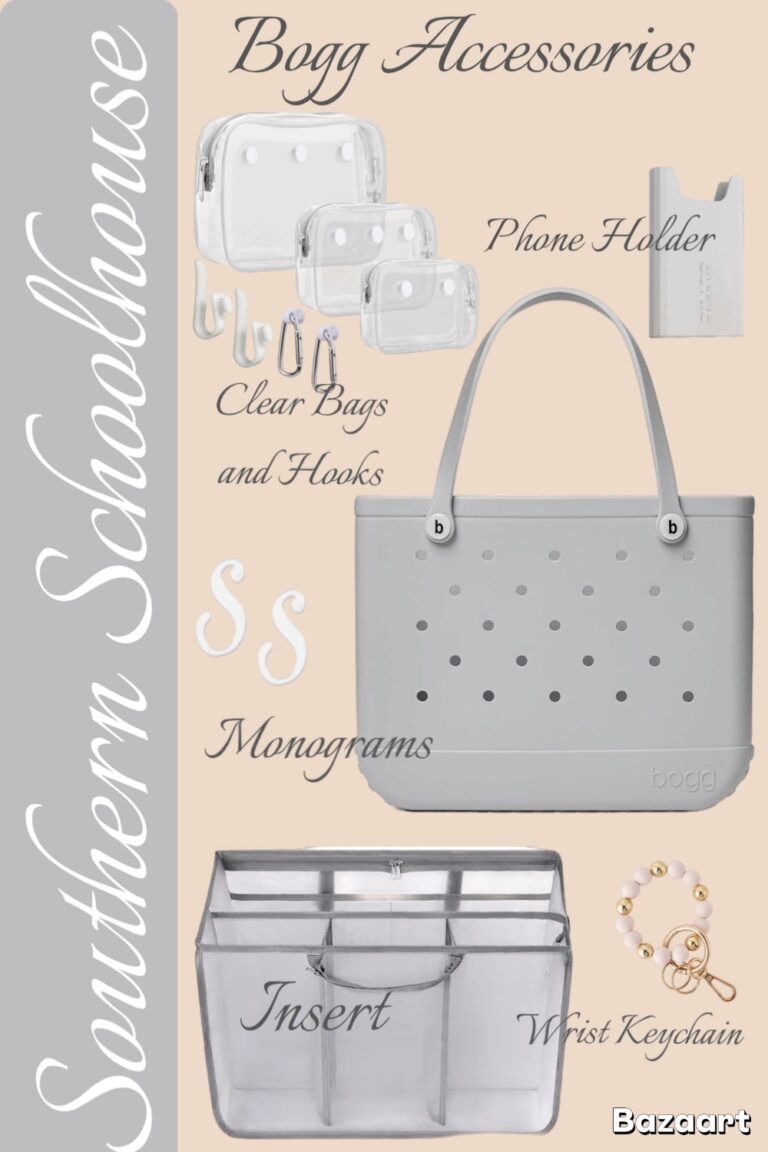By Joy at the Southern Schoolhouse
Letter identification and formation is a commonly taught skill in early grades and special education. All littles, including those with motor and attentional difficulties will benefit from a multi-sensory approach to learning this skill. Below you will find the routine that has helped my students grow.
Drill:
I always begin with my sound-card letter drill. Our reading curriculum includes letter picture sound cards that are reviewed daily. These include the letter/picture/sound, for example, A-Apple-\A\. This drill is quick, taking less than three minutes. I also pick a daily leader to “lead” a few of these cards independently. The children really look forward to showcasing their skills during this time. See an example of these sound cards here.
“Sky-Writing” Letter Formation Practice:
When a new letter is introduced, I give direct instruction on formation. I model this on the board and say the steps verbally. The students then practice the letter by “Sky-Writing.” In sky writing, the students stand and use their straight arm to form the letters in the air as I verbally say the steps. After the formation, I end with the verbalization of the letter/picture cue/sound (A-Apple-\A\).
Sand Tray Letter Formation Practice:
Next I have students trace the letter, usually on my sandpaper letters, or you can use the models that come with the sand tray linked below. This gives them another time for sensory input as they trace the letter. Immediately after tracing the model, I have them write the letter in my sand tray. The students LOVE this step. If on a budget, you can make your own tray and sand letter models. I used this method prior to receiving my sand tray.
Writing Practice:
After practicing the sand tray letter formation, I have the students continue to hone their skills in either their writing workbooks or on white boards. You can alternate or practice with both depending on your time and the student’s proficiency. I use a white board similar to the one featured here, but you can also laminate the formation paper you use or put your paper in these reusable plastic sleeves / budget sleeve version. Just make sure you are consistent with the type of paper you use.
In summary, a multi-sensory approach to letter formation and identification can help the learning “stick”. This fun routine should be incorporated diligently. I use it for all letters presented as well as new sight words. For more on my sight word routine, read more here (Coming Soon.)
